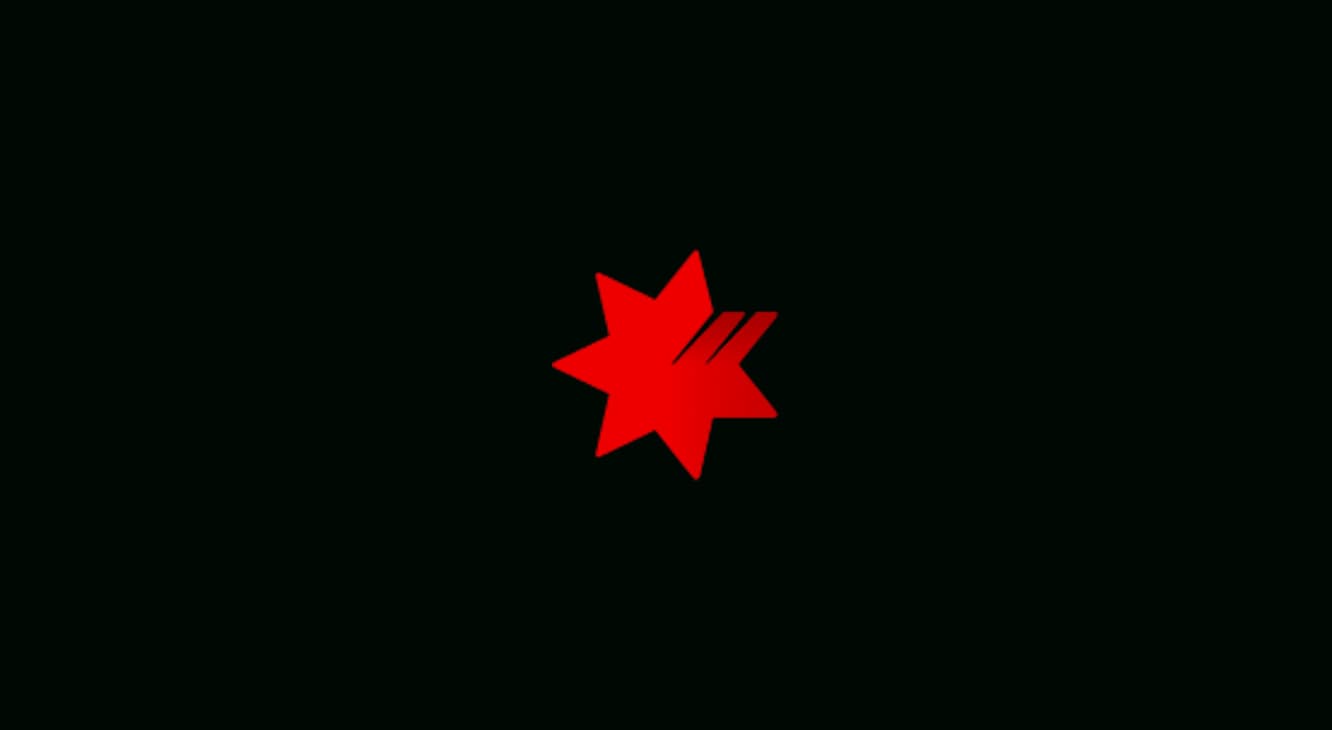The latest NAB Regional & Agribusiness webinar provides insights on the Australian & Global Economies, and a regional and rural property update. Watch the webinar here.


The rate of charitable giving in Australia fell in the 12 months to August 2016, following a spike in the previous year, coinciding with the Nepalese Earthquake, and a still cautious consumer, according to new research released by NAB today.

Rate of growth in charitable giving dips into negative for the first time
The NAB Charitable Giving Index shows the overall rate of giving to charity fell by 0.3 per cent, down from growth of 5.1 per cent a year earlier in line with softening retail sales growth over the past 12 months, a post mining boom adjustment in some state economies and a reluctance by consumers to spend on other “non-essentials”, including eating out, entertainment, major household items.
Despite the contraction in the index, the average donation size remained the same at $348 per donor.
Older Australians continued to give more than younger generations with those over the age of 65 the most generous in terms of both dollars donated and the rate of growth in giving (2 per cent). In contrast, charitable donations by 25 to 34 years old fell by 3.9 per cent.
“The economic environment is having an impact on the rate of donations with more cautious consumer sentiment and the end of the mining boom impacting on the rate of giving” NAB Economist, Rob de Iure, said.
“The Index has also been impacted by the lower incidence of highly visible and emotive humanitarian campaigns – such as that which followed the Nepalese earthquake in 2015 – which impacted giving to humanitarian services, which have historically had the largest market share of charitable giving.”
With an average donation size of $340, Bellevue Hill NSW for the first time, assumed the mantel of suburb making the highest average donation, toppling Middle Park Vic and Mosman NSW where averagedonation size is now $318 and $291 respectively.
In terms of giving as a percentage of income, Castlemaine in Victoria continues to lead the country for generosity, donating 0.36 per cent of their annual incomes, closely followed by Sturt SA with 0.35 per cent, Blaxland NSW and Glenelg SA with 0.34 per cent and Fitzroy North Victoria and O’Connor ACT with 0.33 per cent.
Humanitarian services continue to enjoy the largest market share of charitable giving, accounting for 33 per cent of all donations, but the rate of growth of this sector has been in decline in recent months. On the other hand, charitable lotteries now account for 15 per cent of donations followed by Health and Disability at 12 per cent and Community Services and Children/Family at 11 per cent the next biggest.
NAB community banker, Tim Hardy, said the Index reflects what he sees happening in the market.
“We are seeing the impact of technology-driven changes such as a rise in the rate of giving via charitable lotteries, many of which are conducted in whole or in part via online platforms.”
“We continue to work with the not-for-profit sector and business to respond to changes in economic conditions and innovate to respond to digital and other disruption and to diversify revenue streams, building a vibrant and sustainable sector for future generations,” Mr Hardy said.
For further analysis download the full report:
© National Australia Bank Limited. ABN 12 004 044 937 AFSL and Australian Credit Licence 230686.